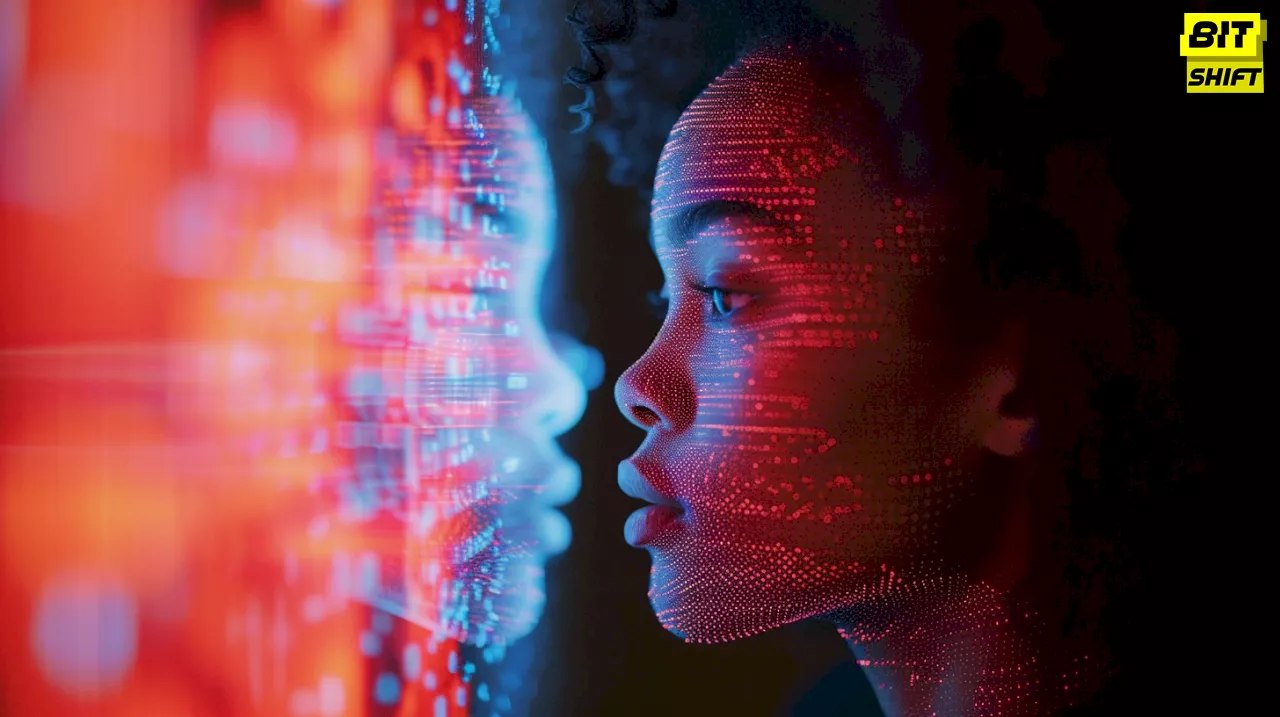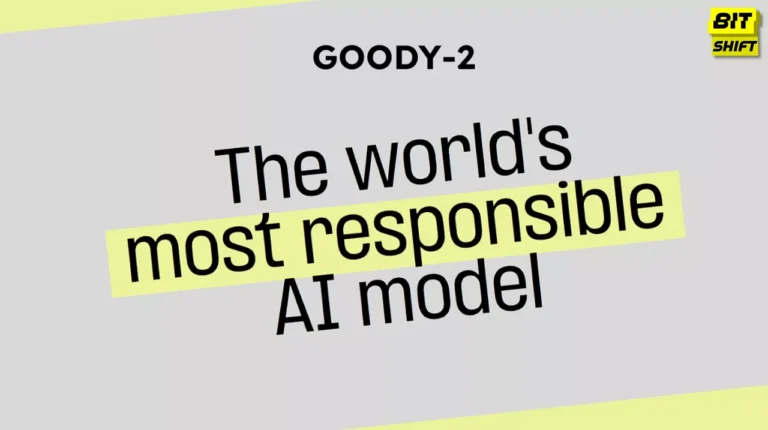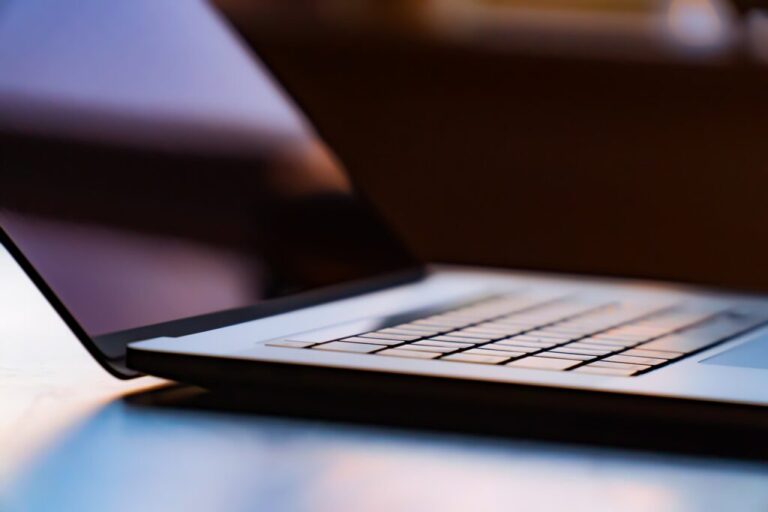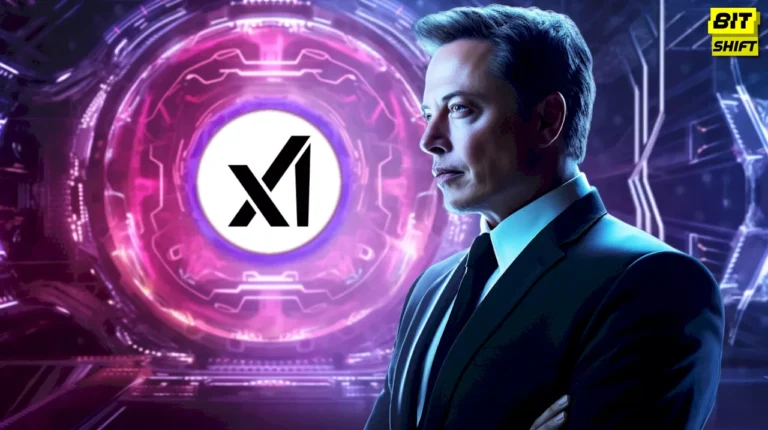
Summary
Deepfake voice attacks are causing a great stir in the world of technology, becoming a new challenge for detection technologies. With real-world instances of such attacks coming to light, it’s time for biometric software companies to prove their mettle. This article explores recent incidents, the responses from biometric software companies and researchers, and the future of deepfake detection.
Recently, we have seen a rise in the use of deepfake voice technologies, causing a great stir in the world of technology. The ability to mimic voices to a near-perfect degree has raised many concerns, particularly in disinformation and fraud. This has put biometric software companies and public researchers claiming they can detect deepfake voices to the ultimate test.
In a recent incident in the United States, robocalls were sent out as part of a disinformation tactic, purporting to be President Joe Biden. The voice message appeared to be Biden telling people not to vote in a primary election. However, there is a possibility that it was a product of an artificial intelligence system. This incident has brought the capabilities of deepfake detection software into question, as no consensus could be reached on the authenticity of the voice.
“Deepfake voice technologies are forcing us to question the authenticity of what we hear, a challenge that puts detection technologies to the ultimate test.”
One company making strides in the field is ID R&D, a unit of Mitek. In response to another significant voice cloning scandal involving pop star Taylor Swift, the company demonstrated its voice biometrics liveness code’s ability to differentiate actual recordings from digital impersonations through a video. However, the electoral fraud attempt involving the fake Biden voice poses a different challenge.
Deepfake Detection: An Uncertain Field
A Bloomberg article examined the possibility of the Biden robocall being the first instance of a deepfake audio dirty trick. However, no one could confirm whether it was an actor’s or AI’s work. Two other detector makers, ElevenLabs and Clarity, provided differing opinions. While ElevenLabs’ software found it unlikely that the misinformation attack resulted from biometric fraud, Clarity found it 80 percent likely to be a deepfake.
Interestingly, ElevenLabs, a company that focuses on creating voices, recently achieved unicorn status by raising an $80 million series B, valuing the company at more than $1 billion, according to Crunchbase.
Hope in Research
Despite the uncertainty and challenges, hope springs from research. A team of students and alumni from the University of California – Berkeley believe they have developed a detection method that functions with little to no errors. This method involves giving a deep-learning model raw audio to process and extract multi-dimensional representations, which are then used to parse authentic voices from fake ones. However, this method has yet to be tested outside of a lab setting, and the research team feels the technique will require “proper context” to be fully understood.
As deepfake voice technologies continue to evolve and become more sophisticated, it’s clear that the race to develop effective detection methods is more important than ever. The real-world tests these technologies are now undergoing will undoubtedly shape the future of deepfake detection.
Share the Article by the Short Url:






